Archer, Michael; Black, Karen; and Nettle, Kerry. March 1997. “Giant Ringtail Possums (Marsupialia, Pseudocheiridae) and Giant Koalas (Phascolarctidae) from the Late Cainozoic of Australia.” Proceedings of the Linnean Society of New South Wales 117:4-15. Retrieved on April 12, 2014.
- Available via Biodiversity Heritage Library at: http://biodiversitylibrary.org/page/34938543
Bassarova, M.; Archer, M.; and Hand, S.J. December 20, 2001. “New Oligo-Miocene Pseudocheirids (Marsupialia) of the Genus Paljara from Riversleigh, Northwestern Queensland.”Memoirs of the Association of Australasian Palaeontologists 25:61-75.
Bisby F.A.; Roskov Y.R.; Orrell T.M.; Nicolson D.; Paglinawan L.E.; Bailly N.; Kirk P.M.; Bourgoin T.; Baillargeon G.; Ouvrard D. (red.) 2011. Species 2000 & ITIS Catalogue of Life: 2011 Annual Checklist. Species 2000: Reading, UK. Retrieved on April 12, 2014.
- Available at: http://www.catalogueoflife.org/col/search/all/key/Pseudochirulus+mayeri
Boelens, Bo; Watkins, Michael; and Grayson, Michael. 2009. The Eponym Dictionary of Mammals. JHU Press.
Boudet, Ch. 10 January 2009. "Species Sheet: Pygmy Ringtail." Mammals' Planet: Vs n°4, 04/2010. Retrieved on April 12, 2014.
- Available at: http://www.planet-mammiferes.org/drupal/en/node/38?indice=Pseudochirulus+mayeri
Conn, Barry J.; and Damas, Kipiro Q. 2005. Guide to Trees of Papua New Guinea: Tree Descriptions. National Herbarium of New South Wales and Papua New Guinea National Herbarium. Retrieved on April 12, 2014.
- Available at: http://www.pngplants.org/PNGtrees/
Duff, Andrew; and Lawson, Ann. 2004. Mammals of the World: A Checklist. Yale University Press.
Earle, Christopher J. (Editor). The Gymnosperm Database. Retrieved on April 12, 2014.
- Available at: http://www.conifers.org/index.php
Flannery, Timothy F. 1994. Possums of the World: A Monograph of the Phalangeroidea. Chastwood, Australia: GEO Productions in association with the Australian Museum.
The Food and Agriculture Organization of the United Nations and the United Nations Environment Programme. 1984. “Part II Country Briefs: Papua New Guinea.” Tropical Forest Resources Assessment Project (in the framework of the Global Environment Monitoring System – GEMS) – Forest Resources of Tropical Asia. UN 32/6.1301-78-04 Technical Report 3. Rome, Italy: Publications Division, Food and Agriculture Organization of the United Nations, first printing 1981, second printing 1984. Retrieved on April 12, 2014.
- Available at: http://www.fao.org/docrep/007/ad908e/ad908e00.htm
- Available at: http://www.fao.org/docrep/007/ad908e/AD908E22.htm
Food and Agriculture Organization Forest Harvesting, Trade and Marketing Branch. 1998. “Appendix 1. List of Tree Species.” Forest Harvesting Case-Study 15: Forest Harvesting Operations in Papua New Guinea, The PNG Logging Code of Practice. Rome, Italy: Publishing and Multimedia Service, Information Division, Food and Agriculture Organization of the United Nations. Retrieved on April 12, 2014.
- Available at: http://www.fao.org/docrep/004/Y2711E/y2711e00.htm#TopOfPage
- Available at: http://www.fao.org/docrep/004/Y2711E/y2711e12.htm
Gansloßer, Udo. 2004. "Pygmy Ringtail: Pseudochirulus mayeri." P. 122 in Grzimek's Animal Life Encyclopedia, Second Edition. Volume 13: Mammals II, edited by Michael Hutchins, Devra G. Kleiman, Valerius Geist, and Melissa C. McDade. Farmington Hills, MI: Gale Group, Inc., division of Thomson Learning Inc.
Gibbs, L.S. July 1917. Dutch N.W. New Guinea: A Contribution to the Phytogeography and Flora of the Arfak Mountains (Read before the Newcastle Meeting of the British Association for the Advancement of Science, September 1916). London: Taylor and Francis. Retrieved on April 12, 2014.
- Available via Internet Archive at: https://archive.org/stream/mobot31753000302528#page/iv/mode/2up
- Available via Botanicus.org at: http://www.botanicus.org/title/b11815000
Gould, John. 1850 - 1883. The Birds of Asia. In seven volumes. Volume I. London: Taylor and Francis Printers.
- Available via Internet Archive at: https://archive.org/stream/BirdsAsiaJohnGoIGoul#page/n6/mode/1up
Gould, John. 1863. Mammals of Australia. Volume I. London: John Gould.
Hatfield, Lucy. "Pseudochirulus mayeri: Pygmy Ringtail (On-line)." Animal Diversity Web. University of Michigan Museum of Zoology. Retrieved on April 12, 2014.
- Available at: http://animaldiversity.ummz.umich.edu/accounts/Pseudochirulus_mayeri/
Helgen, K., Dickman, C. & Salas, L. 2008. Pseudochirulus mayeri. In: IUCN 2013. International Union for Conservation of Nature and Natural Resources Red List of Threatened Species. Version 2013.2. Retrieved on April 12, 2014.
- Available at: http://www.iucnredlist.org/details/summary/40640/0
Hoffman, Carl. 2014. Savage Harvest: A Tale of Cannibals, Colonialism, and Michael Rockefeller's Tragic Quest for Primitive Art. New York: HarperCollins Publishers.
Hume, Ian D. 1999. Marsupial Nutrition. Melbourne, Australia: Cambridge University Press.
Kennedy, Michael (Editor). 1992. Australasian Marsupials and Monotremes: An Action Plan for Their Conservation. International Union for Conservation of Nature and Natural Resources.
Kerle, Jean Anne. 2001. Possums: The Brushtails, Ringtails and Greater Glider. Sydney: University of New South Wales Australian Natural History Series. Retrieved on April 12, 2014.
- Available at: http://books.google.com/books?id=YDM0hjAwchUC&lpg=PT65&dq=Petropseudes%20dahli&pg=PT66#v=onepage&q=Petropseudes%20dahli&f=false
Laurie, Eleanor M.O. 11 December 1952. “Mammals Collected by Mr. Shaw Mayer in New Guinea 1932-1949.” Bulletin of the British Museum (Natural History): Zoology Vol. I, 1950 – 1953, I(10):269-319.London: Published as Vol. I: 1950 - 1953, 1954. Retrieved on April 12, 2014.
- Available via Biodiversity Heritage Library at: http://biodiversitylibrary.org/page/41298578
Menkhorst, Peter; and Knight, Frank. 2001. A Field Guide to the Mammals of Australia. South Melbourne: Oxford University Press.
Menzies, James. 5 June 2011. A Handbook of New Guinea’s Marsupials and Monotremes. University of Papua New Guinea Press.
Meredith, Robert W.; Mendoza, Miguel A.; Roberts, Karen K.; Westerman, Michael; and Springer, Mark S. March 2, 2010. “A Phylogeny and Timescale for the Evolution of Pseudocheiridae (Marsupialia: Diprotodontia) in Australia and New Guinea.” Journal of Mammalian Evolution17(2):75-99. Retrieved on April 12, 2014.
- Available at: http://www.ncbi.nlm.nih.gov/pmc/articles/PMC2987229/
Myers, P.; Espinosa, R.; Parr, C.S.; Jones, T.; G. S. Hammond, G.S.; and T. A. Dewey, T.A. 2014. "Pseudochirops mayeri: Pygmy Ringtail (On-line)." The Animal Diversity Web. University of Michigan Museum of Zoology. Retrieved on April 12, 2014.
- Available at: http://animaldiversity.ummz.umich.edu/accounts/Pseudochirulus/pictures/collections/contributors/Grzimek_mammals/Pseudocheiridae/Pseudochirulus_mayeri/
Nowak, Ronald M. 1999. Walker's Mammals of the World, Sixth Edition. Volume I. Baltimore: Johns Hopkins University Press.
Nowak, Ronald M. 2005. Walker's Marsupials of the World. Baltimore: Johns Hopkins University Press.
"Papuan Montane Forest." Biome Explorer: Azonal Biomes>Montane Forests. Retrieved on April 12, 2014.
- Available at: http://www.biome-explorer.net/Montane%20Forest/Papuan%20Montane%20Forest.html
Petocz, Ronald G. 1 October 1989. Conservation and Development in Irian Jaya: A Strategy for Rational Resource Utilization. Brill Academic Publishers.
"Pseudochirops mayeri: Pygmy Ringtail." Encyclopedia of Life. Retrieved on April 12, 2014.
- Available at: http://eol.org/pages/1038010/details
"Pseudochirops mayeri (Rothschild & Dollman, 1932)." GBIF Backbone Taxonomy: Animalia>Chordata>Mammalia>Diprotodontia>Pseudocheiridae>Pseudochirops 2440084. Global Biodiversity Information Facility. Retrieved on April 12, 2014.
- Available at: http://www.gbif.org/species/2440084
"Pseudochirulus mayeri: Pygmy Ringtail." Smithsonian National Museum of Natural History. Retrieved on April 12, 2014.
- Available at: http://www.vertebrates.si.edu/msw/mswcfapp/msw/taxon_browser.cfm?msw_id=521
Ride, W.D.L. 1970. A Guide to the Native Mammals of Australia. Melbourne: Oxford University Press.
Rothschild, W.; and Dollman, G. November 1932. Abstract. Proceedings of the Zoological Society of London 353:15.
Schaefer, Albrecht G. “New Guinea Forests: Still the Tropical Paradise.” World Wildlife Global>What We Do>Priority Places>New Guinea>The Area>Ecosystems>Forests. Retrieved on April 12, 2014.
- Available at: http://wwf.panda.org/what_we_do/where_we_work/new_guinea_forests/area_forests_new_guinea/new_guinea_forests_ecosystems/forests_new_guinea/
Sillitoe, Paul. 2013. Managing Animals in New Guinea: Preying the Game in The Highlands. Routledge: Studies in Environmental Anthropology.
Strahan, Ronald; and Conder, Pamela. 2007. Dictionary of Australian and New Guinean Mammals. CSIRO Publishing.
Thomas, Oldfield. 1897. "On Some New Phalangers of the Genus Pseudochirus." Annali del Museo Civico di Storia Naturale di Genova 18(2): 140-146. Retrieved on March 28, 2014.
- Available via Internet Archive at: http://www.archive.org/stream/annalidelmuseoci38muse#page/142/mode/1up
Thomas, Oldfield. 1897. "On the Mammals Collected in British New Guinea by Dr. Lamberto Loria." Annali del Museo Civico di Storia Naturale di Genova 18(2):606-622. Retrieved on March 28, 2014.
- Available via Internet Archive at: http://www.archive.org/stream/annalidelmuseoci38muse#page/606/mode/1up
Tyndale-Biscoe, Hugh. 2005. Life of Marsupials. Collingwood, Victoria, Australia: CSIRO Publishing.
Wilson, Don E.; and Reeder, DeeAnn M. (editors). 2005. Mammal Species
of the World: A Taxonomic and Geographic Reference (3rd ed), Johns Hopkins University Press.
Wrobel, Murray (Editor). 2007. Elsevier's Dictionary of Mammals: Latin English German French Italian. Oxford, U.K.: Elsevier B.V.


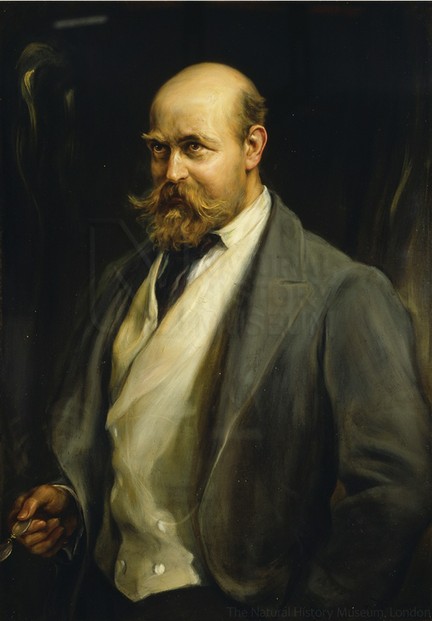
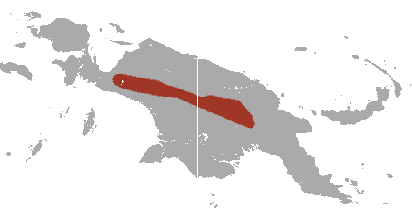
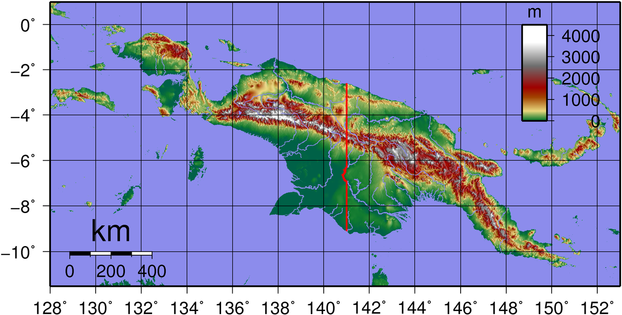
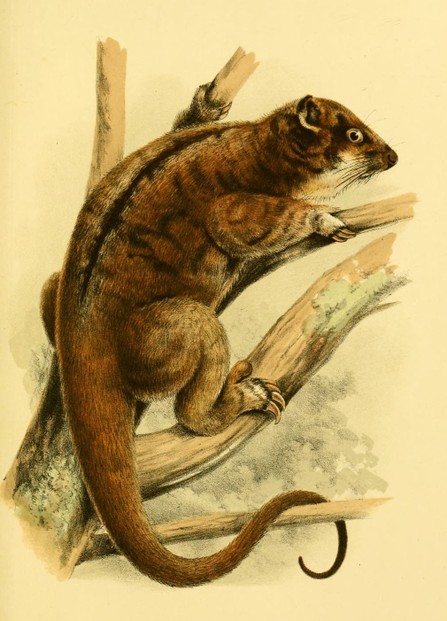
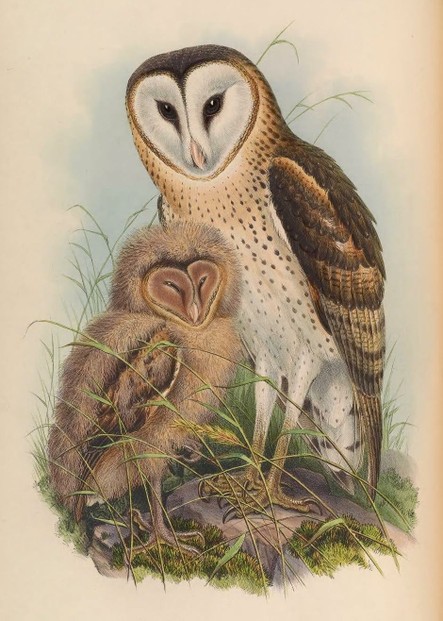
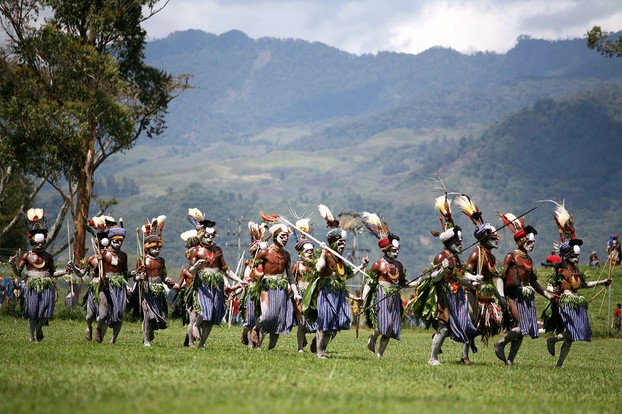
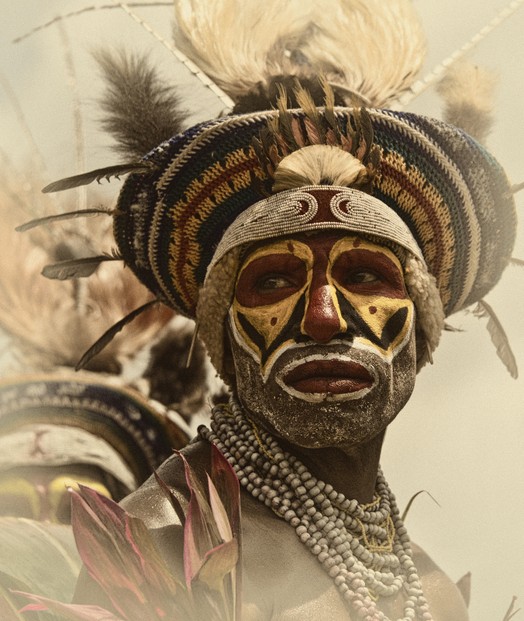
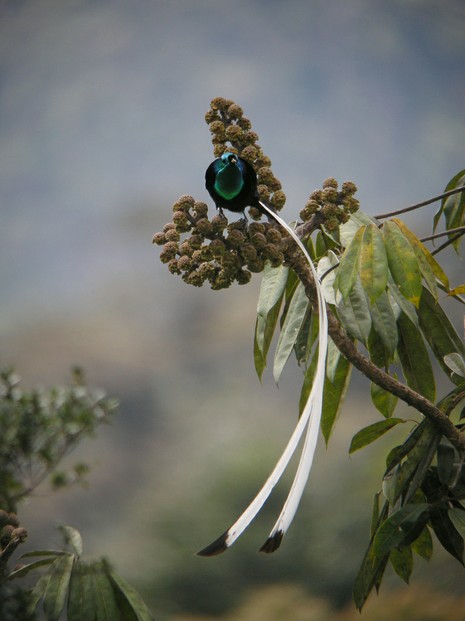
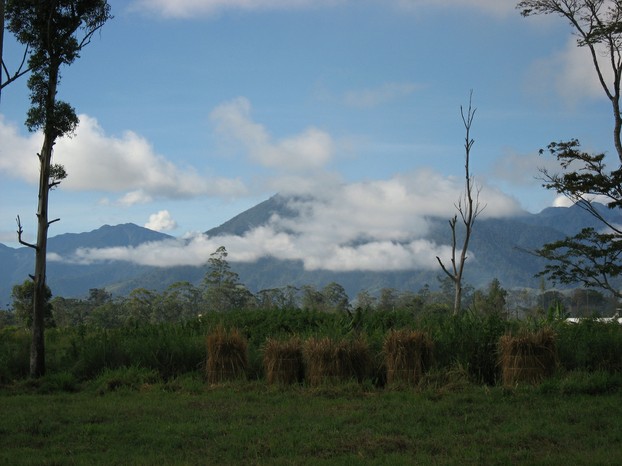






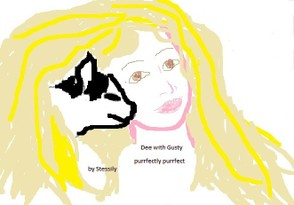
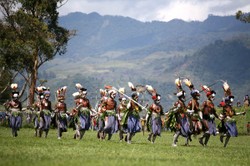

 Are Hawaiian Huakai Po Nightmarchers Avenging Halloween Thursday?on 10/02/2024
Are Hawaiian Huakai Po Nightmarchers Avenging Halloween Thursday?on 10/02/2024
 Mailing Addresses for 2023 Form 4868 Extending 1040 and 1040SR April 15, 2024, Due Dateon 04/15/2024
Mailing Addresses for 2023 Form 4868 Extending 1040 and 1040SR April 15, 2024, Due Dateon 04/15/2024
 Mailing Addresses for 2023 Forms 1040 and 1040SR Filed in 2024on 04/15/2024
Mailing Addresses for 2023 Forms 1040 and 1040SR Filed in 2024on 04/15/2024
 Mailing Addresses for 2022 Form 4868 Extending 1040 and 1040SR April 18, 2023, Due Dateon 04/13/2023
Mailing Addresses for 2022 Form 4868 Extending 1040 and 1040SR April 18, 2023, Due Dateon 04/13/2023

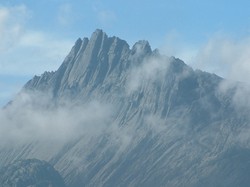
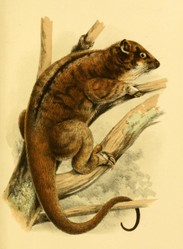
Comments
Kathleen, Me, too, I especially appreciate drawings by J. Green. I agree that the fur looks realistic, with such a plush coat and its sheen.
What beautiful drawings - especially the one by J. Green. The fur is so realistic. Another lovely article.